MISSING ASSIGNMENTS: Historical Timeline and periodic trends data lab. These assignments must be completed by the end of this week or you receive a grade of 0.
Agenda:
1. Discussion of the history of the periodic table
2. Timeline design
3. Periodic Trends activity
Lesson Objectives: You should be able to...
1. Track the development of the periodic table from Antoine Lavoisier to Henry Moseley.
2. Explain why Mendeleev's work was so significant.
3. Define, describe and explain periodic trends across periods and down groups.
Content Review:
The Periodic Table Periodicity
Textbook: p. 89-111.
Student Missions:
Mission 1: As Usual, HIStory. The PT has a long and sordid (I wish) history and is the result of the work of many scientists. Dmitri Mendeleev gets the most credit because he found an organizational system that worked better than others and could make predictions about future elements. The Royal Society of Chemistry provides an in-depth review which you should read outside of class. However, Mendeleev's version of the PT didn't quite work (which element was the one to cause him problems?) because he ordered the elements by increasing atomic mass. We now know, thanks to Henry Moseley, that elements are ordered by increasing atomic number.
Here's a link to get you started. DO NOT USE THIS AS YOUR ONLY RESOURCE.
Mission 2: It's PERIODIC Because...the organization of elements via atomic number showed properties (with a magical number of 8, of course) that were...wait for it...periodic! Elements in the same columns tend to behave the same way. We now know this is because of their valence electrons. Because of periodicity, trends in elements can be predicted. We discuss four types of trends: ionization energy, electronegativity, atomic radius and ionic radius.
PS: Don't worry about Coulomb's Law...just focus on the trends. Be able to define and explain each trend.
Task #2: You will work on a data lab where you will input trend data and generate graphs in Excel for analysis. This is one of your lab grades for next quarter, so...you will be given a periodic table full of numbers. Boiling point, melting point, electronegativity, atomic radius, and ionization energy. We will focus on atomic numbers 1-54 (or H through Xe). Atomic number is your independent variable.
Mission 3: Chemical Behavior, Because Some Elements Have No Act-Right. Chemical properties of elements have trends as well. Alkali metals (G1) are highly reactive and form ionic compounds. They react with water to produce hydrogen gas and metal hydroxides. Solutions are basic. Reactivity increases as you go down the group. Halogens (G17) form ionic compound with metals and covalent compounds with other nonmetals. Reactivity decreases as you go down the group.
When a G1 element combines with a G17 element, a halide is produced from the transfer of electrons. Strong crystalline structures result with high boiling and melting points.
Period 3 elements: The transition from metallic to non-metallic character is shown in the bonding of the P3 oxides. Oxides of sodium through aluminum are giant ionic structures, whereas oxides of phosphorus, sulfur and chlorine are molecular covalent. Silicon is a giant covalent structure. Ionic character depends on the difference in electronegativity between elements. It decreases across periods and increases down groups.
Oxidation vs Reduction: Oxidation is the loss of electrons and reduction is the gain of electrons. Examine the halogens and try to determine which elements are more likely to oxidize another and which are more likely to reduce another.
Acid-base character: Metallic elements form ionic oxides that are basic. Nonmetallic oxides form covalent oxides that are acidic. Aluminum oxide is an ionic oxide with some covalent character, which makes it amphoteric. Therefore, it can react with both acids and bases.
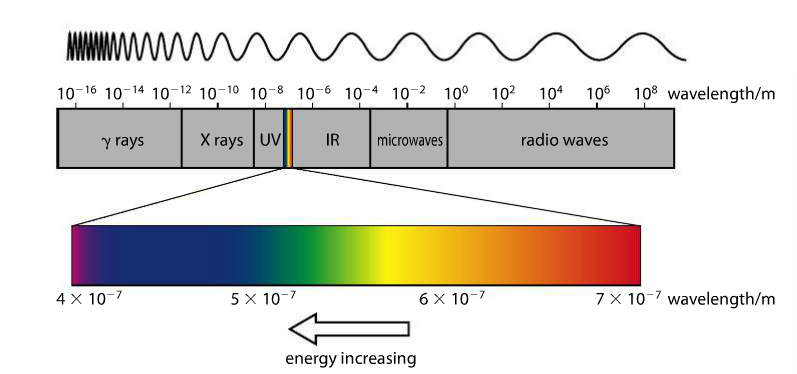
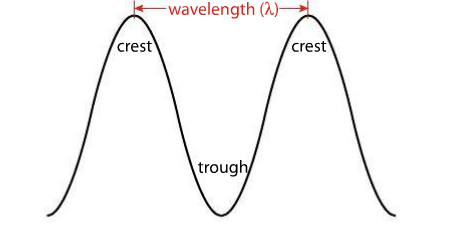

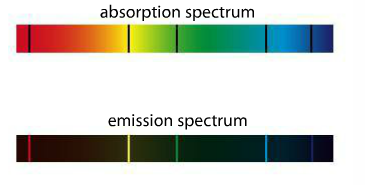
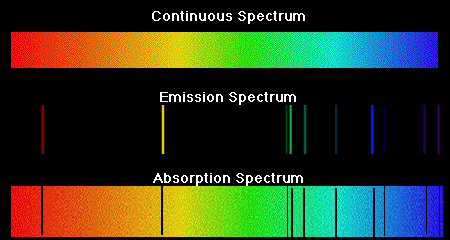
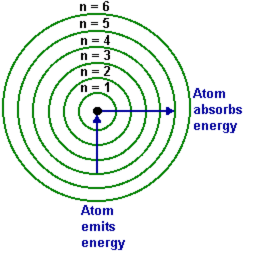
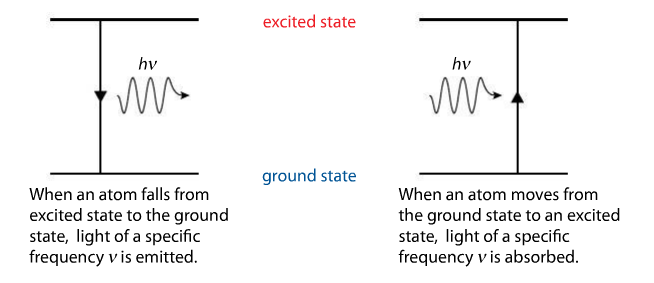
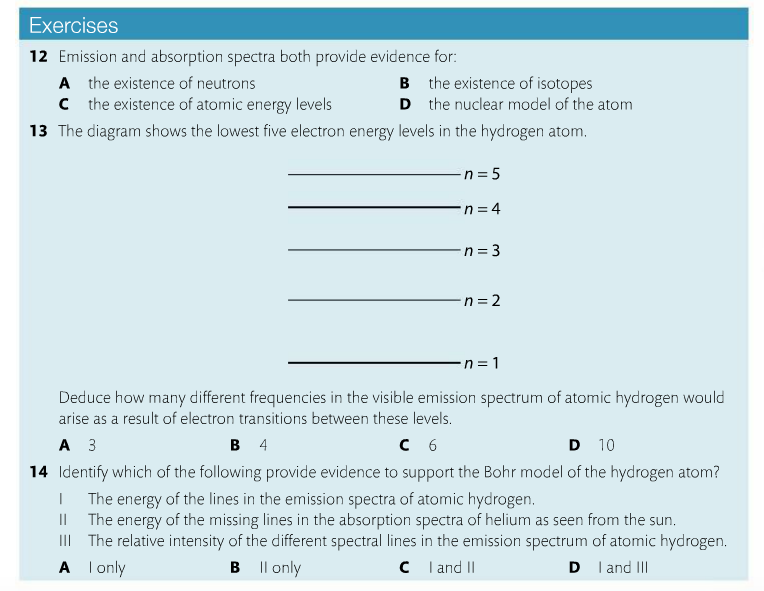
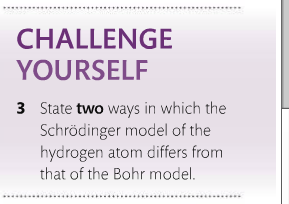
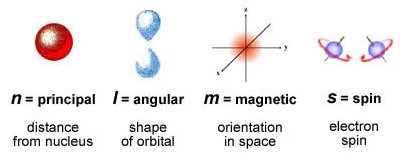
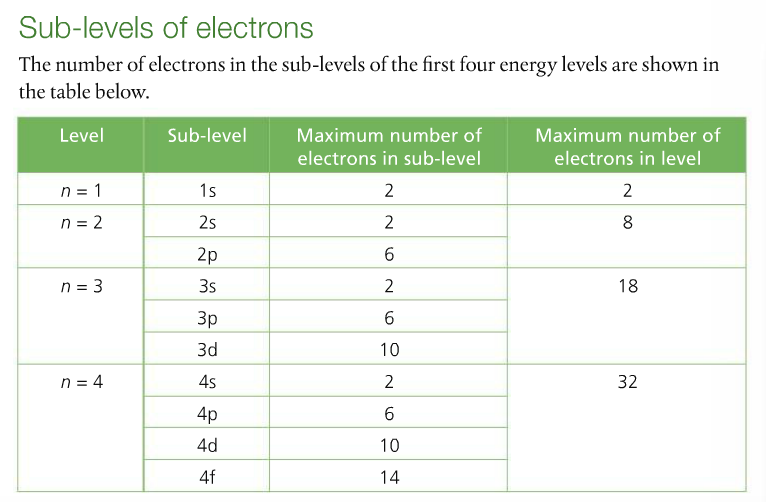
 RSS Feed
RSS Feed